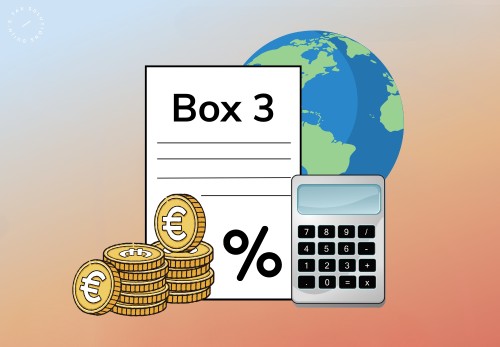Cross-Chain Lending: The Loan System of Blockchains
Typically, to get a loan from a bank, you’ll need to offer up collateral. This is an asset you own and that can be seized if you default. Cross-chain lending follows a similar idea, but for digital assets. If you have Bitcoin on the Bitcoin blockchain but need to borrow on the Ethereum network, you can lock your Bitcoin as collateral and borrow funds on Ethereum. This decentralized finance system enables users to lend and borrow assets between blockchains.
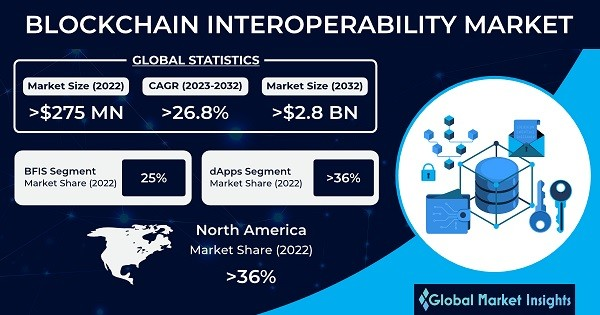
Why Does This Matter?
One of DeFi’s core problems is scalability. Previously, a blockchain functioned as its own island. Ethereum had the most liquidity and biggest user base, yet the slowest speeds and highest fees. Meanwhile, newer chains like BNB Chain were faster and cheaper but lacked enough liquidity. So your assets were stuck and inaccessible across chains.
Cross-chain lending came in to solve these problems like a tech messiah. It breaks the silos and expands the entire DeFi universe.
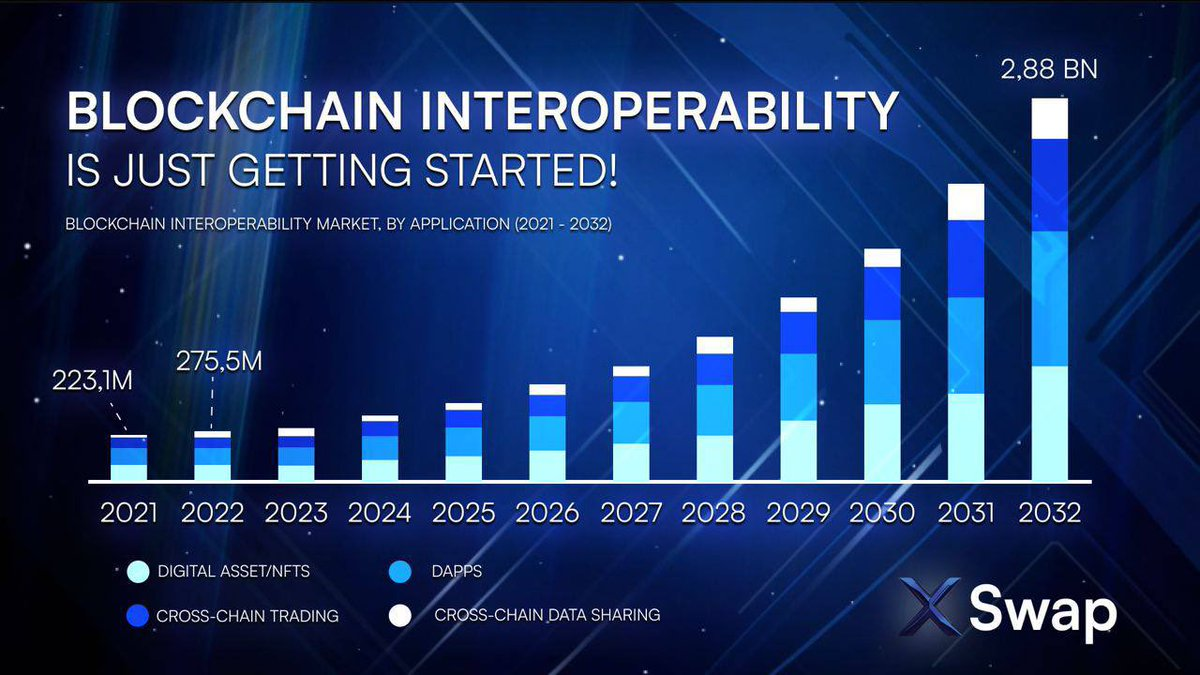
Decentralized Finance Markets: A Game Changer
To really understand how much of a game-changer the decentralized finance market is, we need to rewind a bit and talk about centralized finance markets. And this is just a cool way of describing the traditional finance systems. Banks, stocks, and other financial institutions might come to mind. The peculiarity of the centralized finance market is that a central authority controls and regulates everything.
Therefore, a decentralised market can be said to be the opposite of the status quo of a centralized finance market. It is a sector that utilizes blockchain technology to provide financial services without central authorities or intermediaries.
For all its numerous advantages, even DeFi had a limitation. It was a one-chain system, out of reach from other networks. Assuming you have some ETH on Ethereum, and you want to take a loan in USDC to invest in another blockchain network, in the old world, you’d either need to:
- Bridge your ETH over to Polygon, which was risky, slow, and costly.
Or you could:
- Sell your ETH and buy USDC on Polygon (you just lost your ETH exposure).
- Cry in frustration and do nothing, but that doesn’t sound like someone looking to build an empire.
But today, protocols like Radiant Capital, Synapse, Portal, and Cosmos-based platforms are saying, “Don’t worry. Keep your ETH on Ethereum. We’ll handle the rest.”
So you wonder, “What has changed? And what is the difference?” One word: Interoperability, it’s changed everything.
Step-by-Step
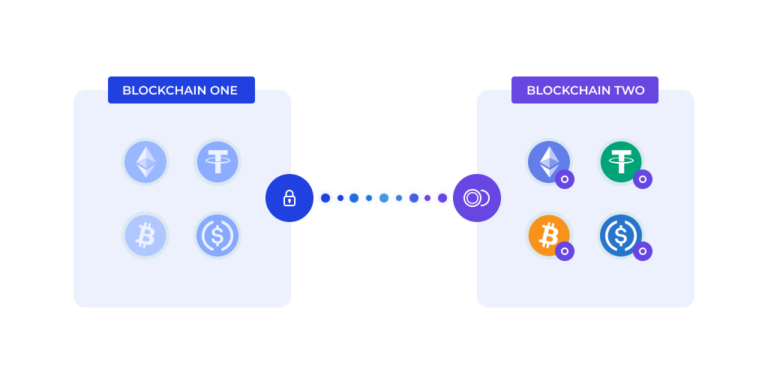
Interoperability is the secret sauce behind Cross-chain lending. These interoperability protocols enable different blockchain networks to interact with each other and exchange data.
Here is how the process unfolds.
- User Deposits Collateral: The collateral is an asset, such as cryptocurrency, and it is deposited into a blockchain network. This asset could be Ethereum or Bitcoin.
- Assets wrapping: To make the asset compatible with the target blockchain, it’s wrapped into a token that can operate across chains.
- Lock collateral: After wrapping, the asset is locked as collateral. Thus, it serves as security for the loan.
- Borrow Assets: The user then proceeds to borrow an asset on the target blockchain network. These borrowed assets are provided by other users or liquidity providers within that chain.
- Management and repayment of Loans: Naturally, the user continues to manage their loan, monitor the interest rate, and pay their interest to prevent liquidation. After the loan is repaid, i.e. borrowed asset, the collateral is unlocked and made available for withdrawal.
Right now, P2P crowdlending platforms exist that give businesses and individuals access to credit who simply wouldn’t have passed the rigid traditional standards that banks use. One such platform, 8lends, allows people to gain credit from investors who all share the risk and have the benefit of the borrower’s collateral in case they don’t repay their debt.
Benefits That Go Beyond Buzzwords
Below is the upside.
Capital Efficiency
Users can send their assets to where the yields are highest, without having to move them manually, and get the optimal returns from them. You can lend stablecoins on Ethereum and borrow volatile assets on Avalanche for trading or staking – all in one flow.
Risk Diversification
Locking all your funds into one chain is like putting all your eggs in one very glitchy basket, held together by duct tape. The market is unpredictable and as delicate as those eggs. Cross-chain systems allow you to spread risk across different networks, mitigating the effects that might come with a single blockchain's downtime.
User Experience
If DeFi is going to scale to mainstream users, it has to be easy to use. Imagine we had to communicate with devices using programming languages or 0s and 1s? Thank goodness for backend developers! Cross-chain lending protocols often abstract away the complexity, much like doing the hard work of coding, so you can feel like you’re operating on one unified platform regardless of where your assets are actually located.
Liquidity Unification
This is big. Cross-chain lending helps aggregate liquidity pools that would otherwise be fragmented. Simply put, it is putting resources together. So, instead of 10 chains each with a small lending market, you can have one giant market powered by many chains. More capital equals better rates, a healthier market, and happier users.
Challenges

Cross-chain DeFi is exciting, but it's not without its potholes:
Security
Bridges and messaging protocols are juicy targets for hackers. One misstep, and hundreds of millions can vanish. Cross-chain adds complexity, and with complexity comes loopholes in the system, making it susceptible to security mishaps.
Latency
Moving data and assets between chains isn’t always instantaneous. Some protocols mitigate this with relayers and finality checkpoints, but delays still happen.
Composability Risk
DeFi’s magic lies in how protocols plug into each other like Lego blocks. Cross-chain composability introduces more moving parts, and if one piece fails (say, an oracle glitch), the whole tower can collapse.
UX Hurdles
As much as crosslending handles backend issues, the front-ends are improving, and there’s still a learning curve. New users might not fully grasp the concept of interacting across chains, and when errors occur, it’s not always clear where to turn for help.
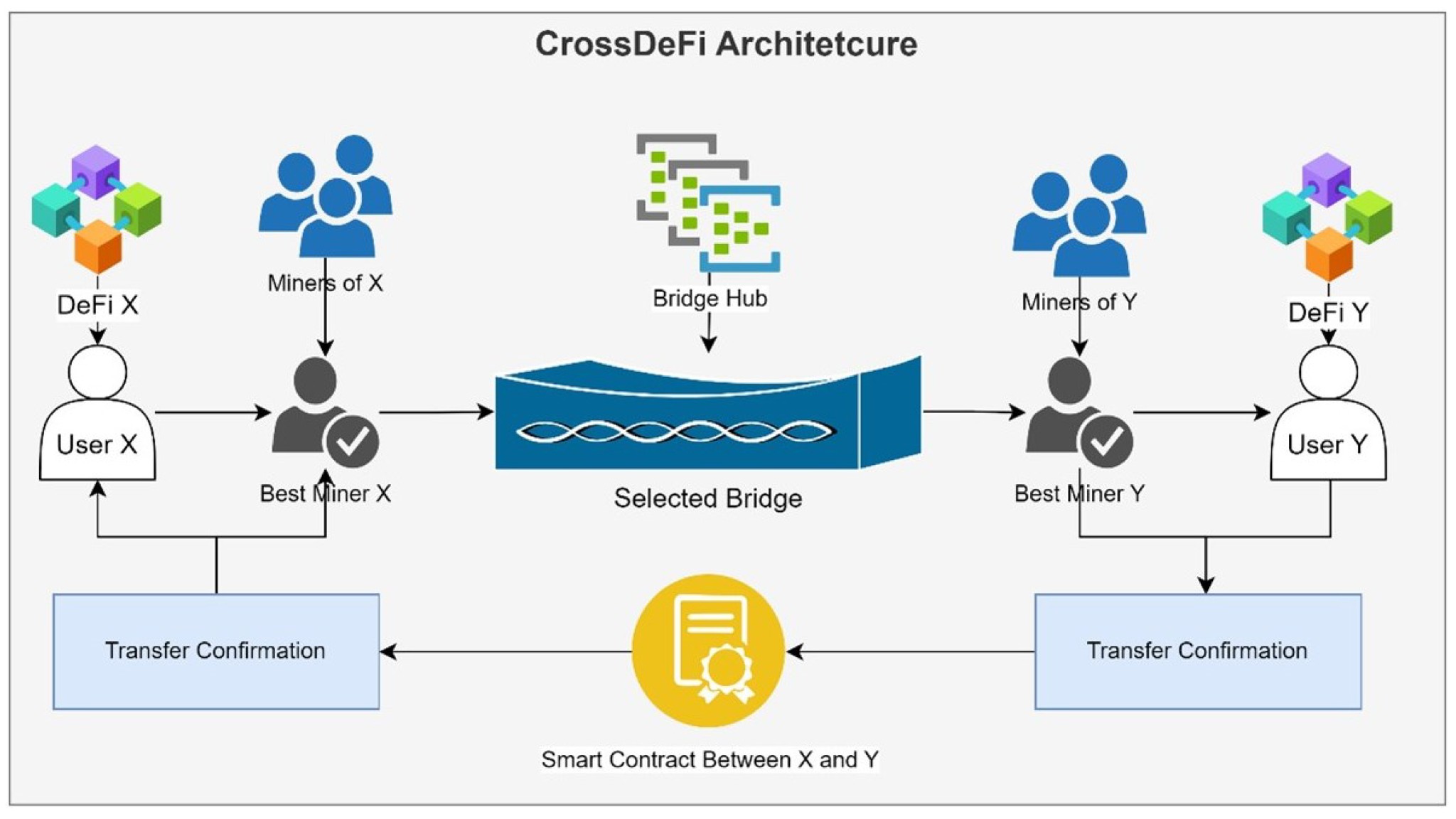
Final Thoughts
Cross-chain lending isn’t just a system, feature, or protocol put in place, it is an ideology. A belief that finance shouldn’t be gated or have borders and your assets should be able to go where they’re needed without any friction or compromise.
Undoubtedly, the future is built on ideologies that swerve from the status quo. One of which is DeFi, a protocol that started as a means to break free from traditional finance. But DeFi needed the interoperability that Cross-chain lending affords it to break free from itself. And now the future of finance isn’t on one chain – it’s everywhere.
If you’re interested in obtaining a DeFi loan or profiting off of giving them, 8lends, charges no commission to investors and has rendered the processes as lucrative and seamless as can be, along with bonuses like for referrals.
Don’t hesitate to sign up for 8lends today.








